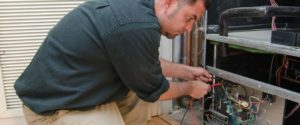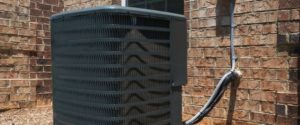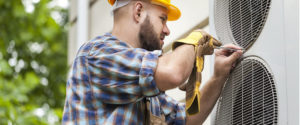It’s 99°F, humid and sunny. You have the office AC set at 73°. It’s running flat out and barely keeping the temperature below 78°. The system has been doing this every summer for who knows how long, yet nothing has been done about it. Maybe it’s time we take a look into what’s happening here — specifically, with the HVAC controls.
To state it simply, what’s happening here could be similar to what happens when you drive a car at high speed in low gear. The RPMs are red-lining and the engine isn’t taking you nearly as fast as you know it can. Essentially, your HVAC controls are not being used to their full capability. The result, however — instead of an expensive visit to the mechanic — for a commercial building is a high power bill.
As Pacific Northwest National Laboratory states, “A new report finds that if commercial buildings fully used controls nationwide, the U.S. could slash its energy consumption by the equivalent of what is currently used by 12 to 15 million Americans.” That’s a fairly telling statement.
So What Exactly Do HVAC Controls Do?
HVAC Controls, as it may seem obvious, monitor temperature and translate commands to the HVAC equipment, which this time of the year is clearly the air conditioning portion of the system. But often the controls, including thermostat, sensors, etc., need a little more attention than they receive.
The controls include much more than this in most commercial situations though. Controls include what you as a person are able to do in order to make your building’s system more efficient. For example, turning off lights, printers, and other power-using devices when a room (or building) is not occupied are some things you can do to reduce the heat created in the building while also reducing energy usage.
The more complex side of HVAC controls includes things like:
- Change daytime temperature setpoints (lower for heating, increase them for cooling)
- Reduce the minimum rate for air to flow through a variable-air volume boxes
- Limit heating and cooling to when a building is most likely to be occupied
Summing it up
To sum up this information, the most important thing to do in your building now is to make sure that you are reducing heat sources. Second, make sure your thermostat and controls are performing to their full capabilities. Lastly, you may want to consider updating either your controls or your HVAC system to increase the building’s efficiency.
Need help getting through these? We’re here for you! Contact us today for a report on how efficient your system is. Get in touch.





